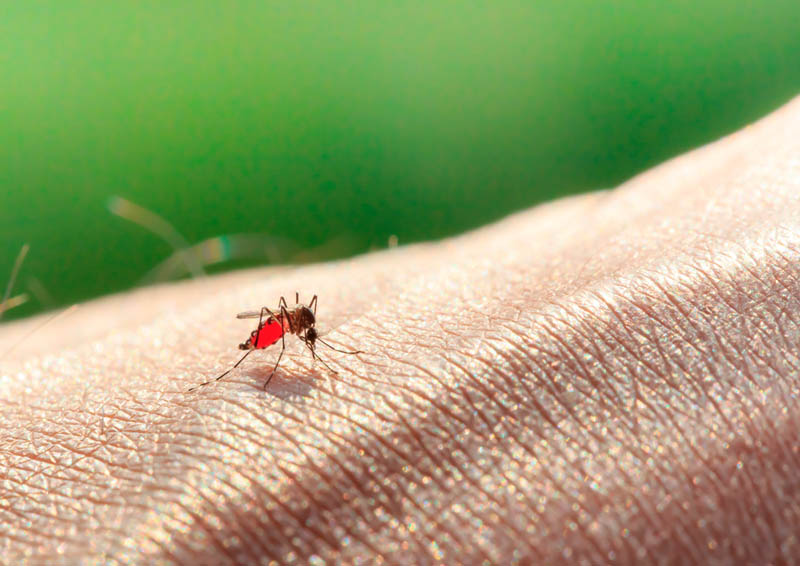Questo articolo è particolarmente importante perché testimonia che l’infezione da virus West Nile può persistere anche mesi dopo l’eliminazione del virus dal plasma, costituendo così un rischio infettivo per il sangue trasfuso e/o gli organi trapiantati
Transfusion. 2014 Jun 26. doi: 10.1111/trf.12764. [Epub ahead of print]
West Nile virus nucleic acid persistence in whole blood months after clearance in plasma: implication for transfusion and transplantation safety.
Lanteri MC1, Lee TH, Wen L, Kaidarova Z, Bravo MD, Kiely NE, Kamel HT, Tobler LH, Norris PJ, Busch MP.
Abstract
BACKGROUND:
Previous reports of West Nile virus (WNV) RNA persistence in blood compartments have raised concerns around the remaining risk of WNV transfusion transmission. This study characterized the dynamics of WNV viremia in blood compartments in a longitudinal cohort of 54 WNV-infected blood donors.
STUDY DESIGN AND METHODS:
Blood samples were collected throughout the year after WNV RNA-positive blood donation (index) and characterized for WNV immunoglobulin (Ig)M and IgG antibodies and for WNV RNA by real-time reverse transcription-polymerase chain reaction. WNV viral loads were compared in plasma and whole blood samples and correlated with blood groups and clinical outcomes.
RESULTS:
WNV RNA persisted in the red blood cell (RBC) compartment up to 3 months postindex in 42% of the donors. Donors with the highest WNV RNA levels in plasma at index maintained the highest WNV RNA levels in whole blood over the 3 months postindex. Blood group A donors maintained higher postindex WNV viral load in whole blood than blood group O individuals (p = 0.027). Despite a trend for WNV RNA to persist longer in whole blood from symptomatic subjects, no significant association was found between WNV RNA levels in whole blood and disease outcome.
CONCLUSION:
This study confirmed that WNV RNA persists in the RBC fraction in whole blood and further suggested that the level of persistence in whole blood may be a reflection of initial viral burden in plasma. The association with blood groups suggests that WNV adherence to RBCs may be mediated by molecules overrepresented at the surface of blood group A RBCs.



